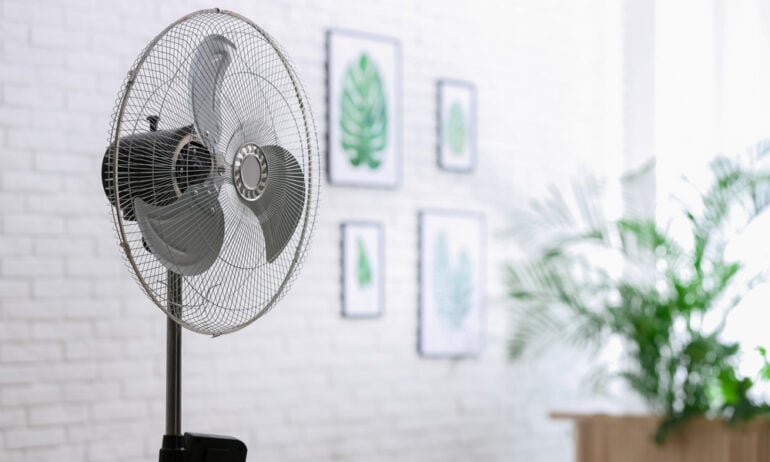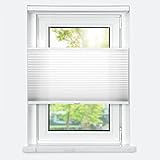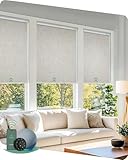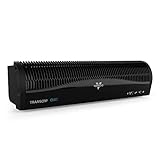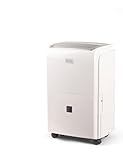Last summer was the hottest ever recorded, according to NASA, and this year, it’s predicted to get even hotter. While air conditioners and HVAC systems will provide some relief, they can only lower indoor temperatures by about 20 degrees and can lead to high energy bills. To help you deal with the heat, here are several easy and cost-effective tips to keep your house cool all summer long.

Close the Blinds
According to the Department of Energy, 76% of the sunlight that hits your windows turns into heat. So, closing your blinds during the day is one of the cheapest and easiest ways to keep your house cool all summer long. For the best results, make sure to cover the windows that receive the most direct sunlight.
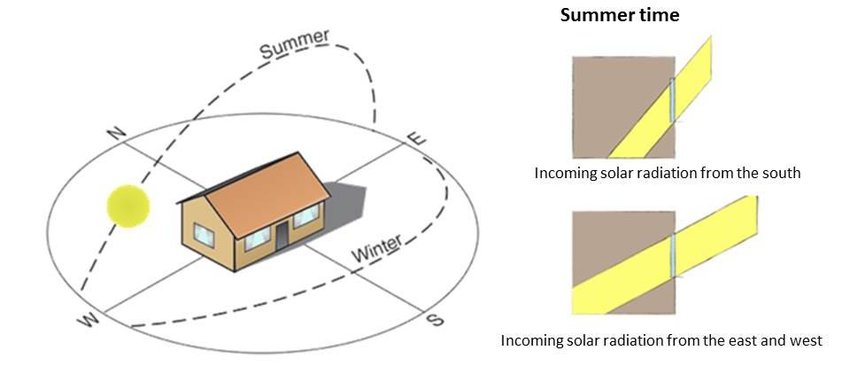
In North America, south-facing windows usually get the most direct sunlight, especially in the winter. However, it all depends on the shade you get from surrounding hills, buildings, and foliage. In many cases, your east- and west-facing windows will collect more heat during the summer.
Switch to Cooling Curtains
Dark-colored curtains will absorb heat and raise the temperature in your house all summer long. To cool things down, the Department of Energy recommends using “medium-colored curtains with white-plastic backings.” The agency claims this type of curtain will reduce heat coming through your windows by 33%.
Upgrade to Cellular Shades
This summer, it might be time to upgrade your shades. The most heat-resistant kind of shades are insulated cellular shades. With their unique honeycomb shape, these shades create pockets of cool air that can block 60% of the heat coming through your windows, according to the Department of Energy.
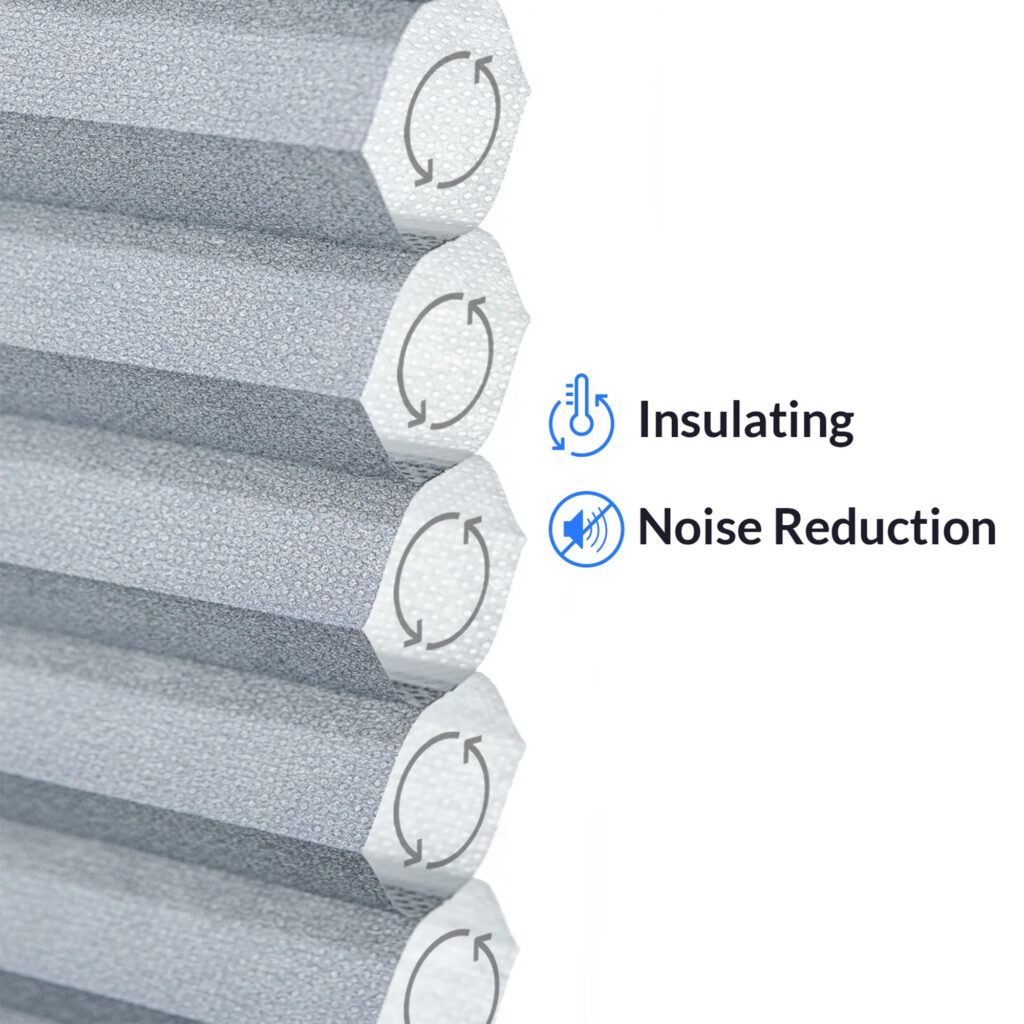
Add Heat-Resistant Window Film
If you don’t want to cover your windows all summer long, there are special films that can block 50-70% of the heat without obstructing your views. These heat-resistant window films are usually best for east- and west-facing windows, but they don’t offer very much benefit for north-facing windows.
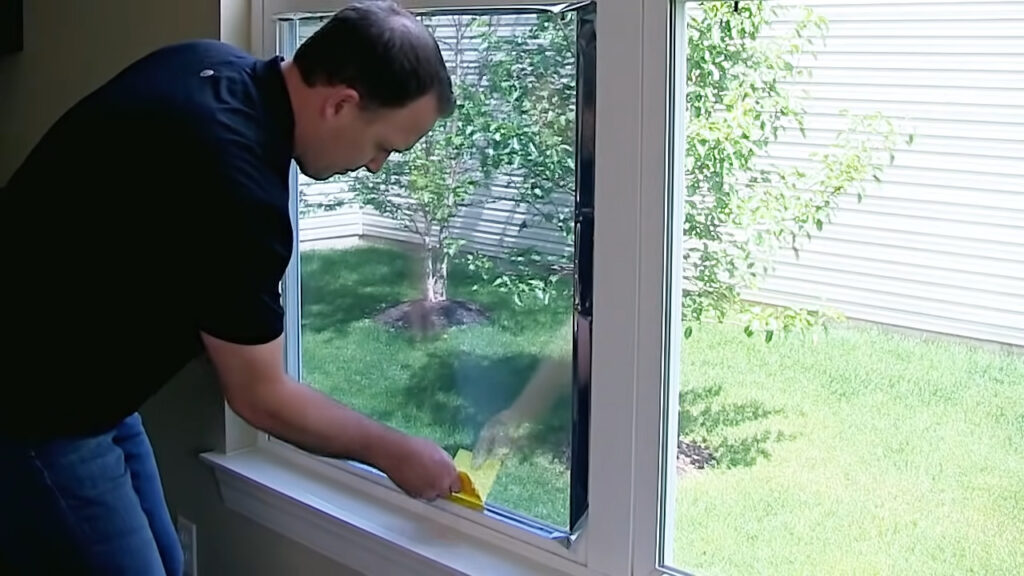
Before buying window films, check the National Fenestration Rating Council (NFRC) label. If you want to block out heat, look for films with a low “solar heat gain coefficient” (SHGC) rating; below 0.3 in southern climates and below 0.4 in northern climates. On the other hand, if you want to let in more light, look for films with a high “visible transmittance” (VT) rating.
Install Smart Blinds
The vast majority of Americans (75%) keep their window shades in the same position every day, according to the Department of Energy. If you don’t want to run around your house, opening and closing the shades all day, you can make life a lot easier by installing smart blinds.

These WiFi-enabled blinds can open and close automatically based on your schedule or the position of the sun, so you can keep your house cool all summer without lifting a finger. Some models will work with your existing blinds, or you can get a brand-new set of blinds to replace your old ones.
Add Exterior Awnings
Installing awnings above large windows and doors will block the sun from getting inside your house without obstructing your view. According to the Department of Energy, awnings can reduce 65% of heat from south-facing windows and up to 77% of heat from west-facing windows.
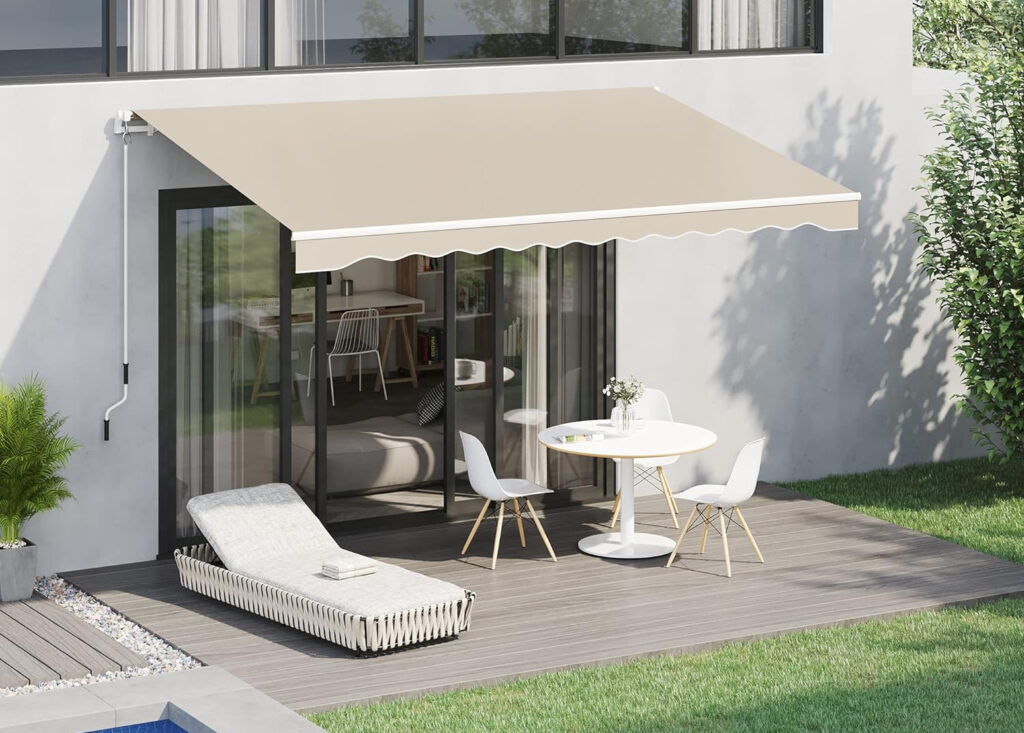
Open the Windows at Night
When the sun goes down and the temperature drops, open your windows to let cool air fill your house. Then close the windows in the morning to trap that cool air inside your house all day. To increase circulation at night, open windows on opposite sides of your home to create “cross ventilation.”
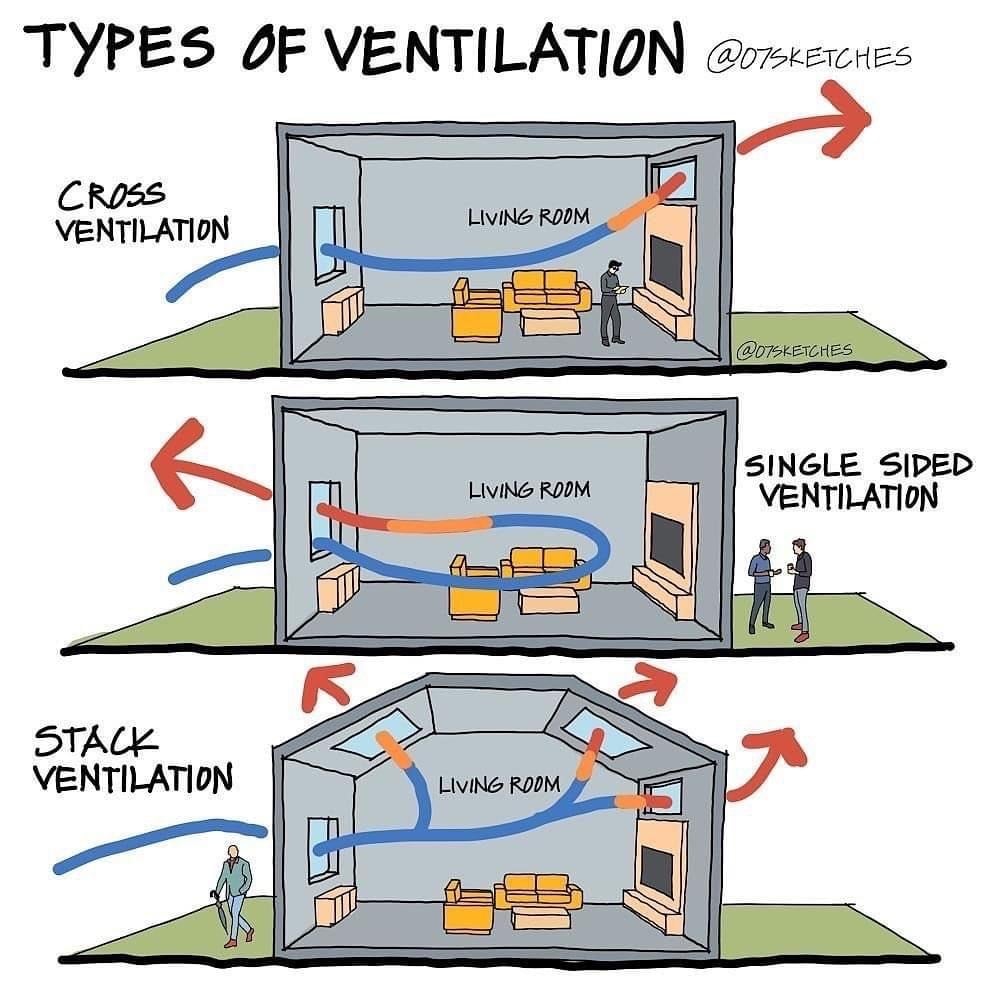
You can either allow air to circulate through your house naturally, or you can use fans to push air through your house. For the best results, use window fans and remove any obstructions inhibiting the flow of air. Since heat rises, make sure to open an upstairs window or provide some other way for hot air to escape your house.
Reverse Your Ceiling Fans
Ceiling fans are designed to rotate both ways. In the summer, you want the blades spinning counterclockwise when you are looking up at the fan. This way, the angle of the blades will push air down and create a “wind chill effect” that can make the room feel several degrees cooler.

You can normally find the switch to change the direction of your fan on the motor housing. If your fan came with a remote, you might be able to change the direction by pressing the “reverse” button. Just make sure to completely stop your fan before changing the direction of the rotation.
Seal Air Leaks
You won’t be able to control the temperature in your house if you have air leaking. To keep the cool air inside your house during the summer, the Department of Energy recommends checking for air leaks around your house and sealing them with caulk and weatherstripping at least once a year.
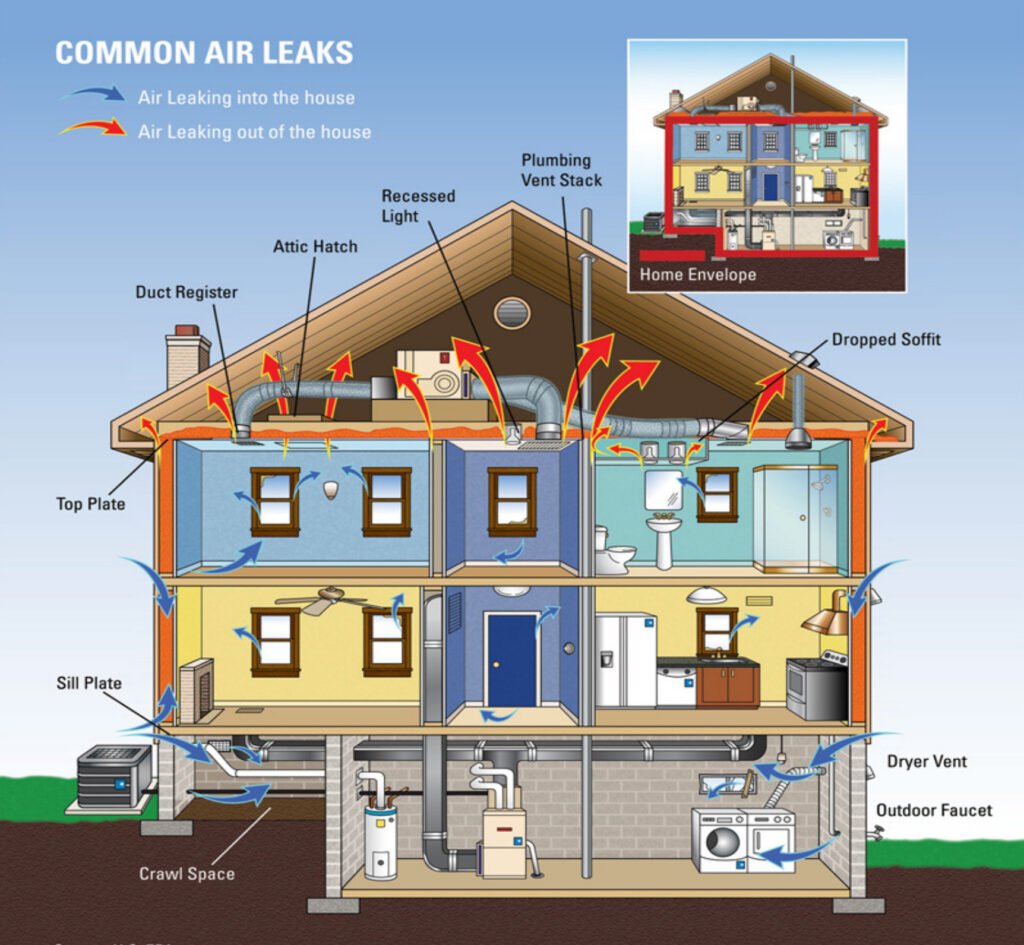
To find air leaks around your house, all you need to do is light an incense stick and pass it around common leak areas, like electrical outlets, window/door frames, baseboards, and any other place where two different materials meet. If you see the smoke get sucked outside, there’s an air leak you might need to patch.
Change Your Air Filters
It takes less energy to push air through clean filters, so cleaning your HVAC and AC filters can help keep your house cool in the summer. Energy Star advises you to check your air filters every month during the summer, and change out your filters at least every 3 months.
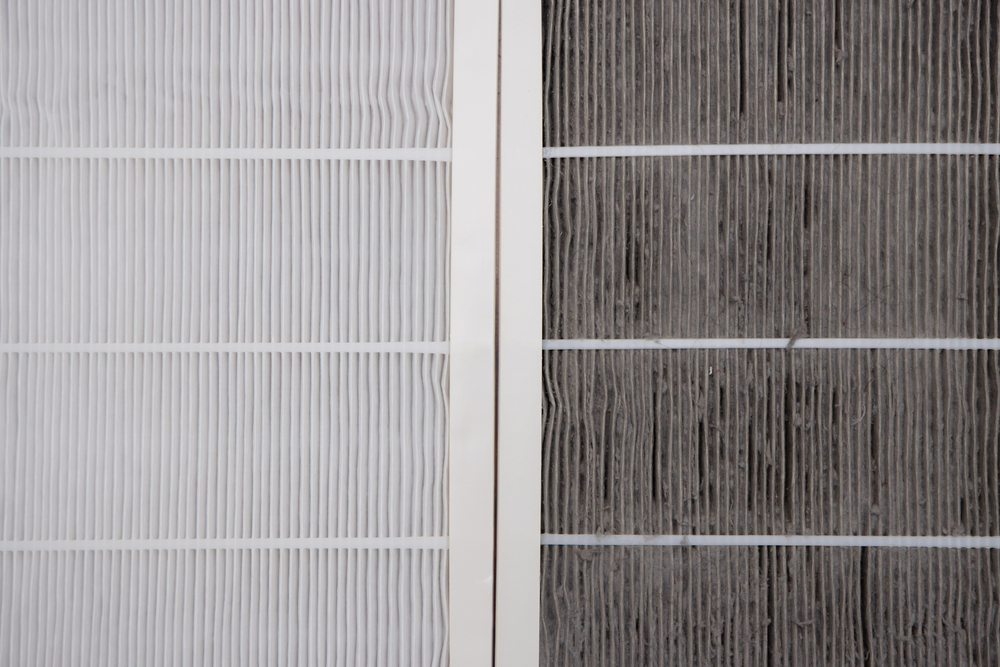
Use a Smart Thermostat
A smart thermostat lets you set the temperature in your house from your smartphone. Then, you can set up schedules or automatically turn off your thermostat based on your location. That way, you won’t waste energy cooling your house down while you’re away at work. Plus, you’ll always come home to a cool house every evening.
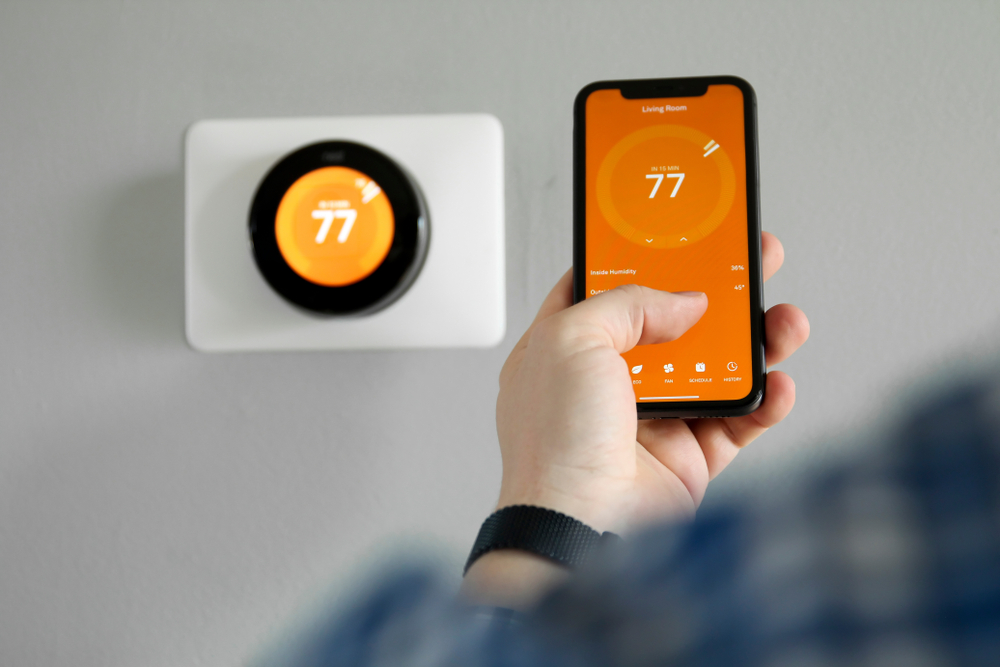
Not only do smart thermostats give you more control, but they also help you monitor your energy use and save a ton of money on your electricity bills. According to Energy Star, the average household saves $100 a year on heating and cooling costs with a smart thermostat.
Read More: How to save money and energy with a smart home
Buy a Dehumidifier
Nothing makes the summer feel hotter than humidity. When the humidity is high, it becomes harder for sweat to evaporate, making your body feel warmer. For example, the National Weather Service (NWS) says that at just 55% relative humidity, 100 degrees will actually feel like 124 degrees.

Smart dehumidifiers will automatically turn on when the humidity reaches a certain level, or you can automate a regular dehumidifier by connecting it to your smart thermostat. The Environmental Protection Agency (EPA) recommends keeping the humidity in your house between 30-50% to prevent mold growth.
Plant Trees
While it isn’t the fastest solution, planting trees, shrubs, and other foliage in your yard is one of the best long-term ways to keep your house cool all summer. A large tree can block the sun from reaching your windows, so you don’t need to cover them, and it can even keep an entire side of your house cool.
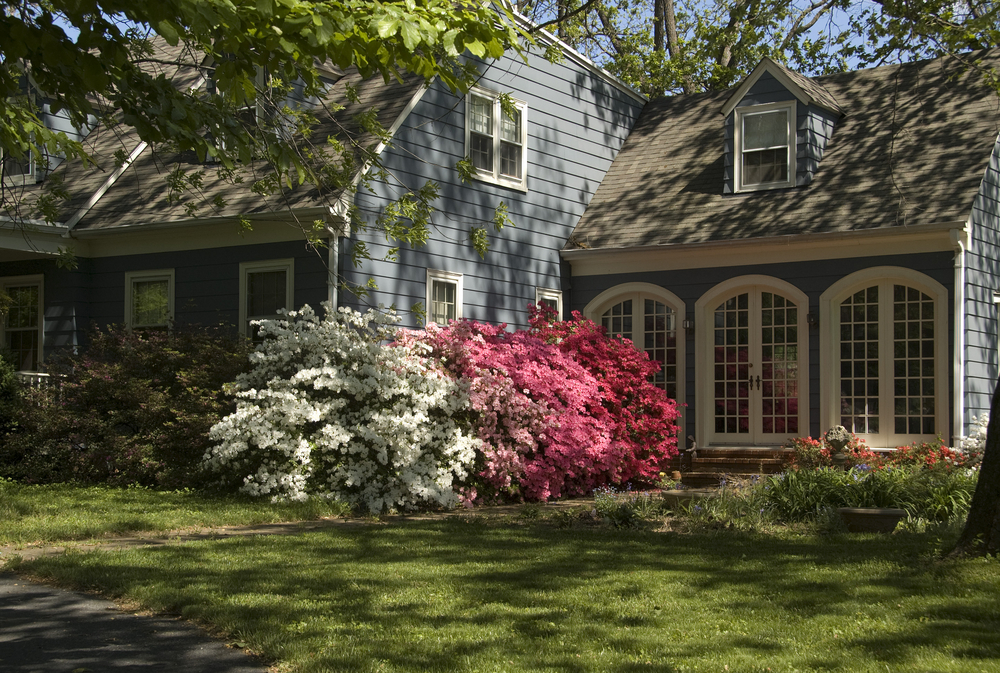
HelloTech editors choose the products and services we write about. When you buy through our links, we may earn a commission.
